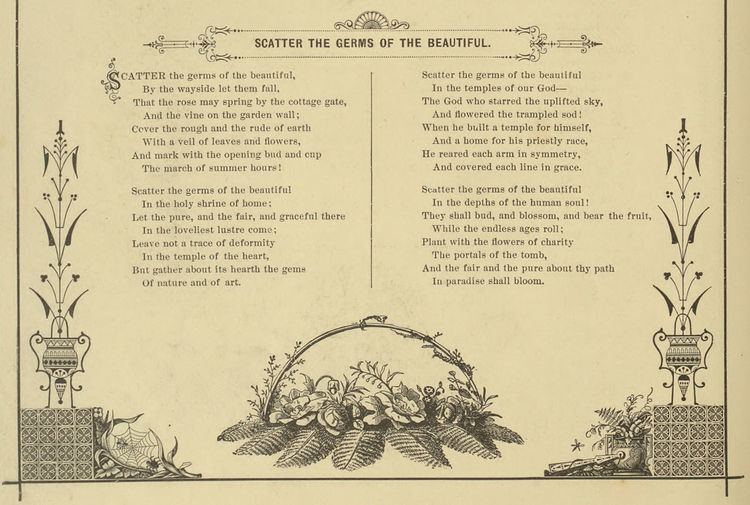Plane BMP | Scripts Common | |
 | ||
Range U+2700..U+27BF(192 code points) Source standards ITC Zapf Dingbats series 100 | ||
In typography, a dingbat (sometimes more formally known as a printer's ornament or printer's character) is an ornament, character, or spacer used in typesetting, often employed for the creation of box frames. The term continues to be used in the computer industry to describe fonts that have symbols and shapes in the positions designated for alphabetical or numeric characters.
Contents
Examples of characters included in Unicode (ITC Zapf Dingbats series 100 and others):
The advent of Unicode and the universal character set it provides allowed commonly used dingbats to be given their own character codes. Although fonts claiming Unicode coverage will contain glyphs for dingbats in addition to alphabetic characters, fonts that have dingbats in place of alphabetic characters continue to be popular, primarily for ease of input. Such fonts are also sometimes known as pi fonts.
Some of the dingbat symbols have been used as signature marks, used in bookbinding to order sections.
Dingbats Unicode block
The Dingbats block (U+2700–U+27BF) was added to the Unicode Standard in June 1993, with the release of version 1.1. This code block contains decorative character variants, and other marks of emphasis and non-textual symbolism. Most of its characters were taken from Zapf Dingbats.
Emoji
The Dingbats block contains 33 emoji: U+2702, U+2705, U+2708–U+270D, U+270F, U+2712, U+2714, U+2716, U+271D, U+2721, U+2728, U+2733–U+2734, U+2744, U+2747, U+274C, U+274E, U+2753–U+2755, U+2757, U+2763–U+2764, U+2795–U+2797, U+27A1, U+27B0 and U+27BF.
The block has 38 standardized variants defined to specify emoji-style (U+FE0F VS16) or text presentation (U+FE0E VS15) for the following nineteen base characters: U+2702, U+2708–U+2709, U+270C–U+270D, U+270F, U+2712, U+2714, U+2716, U+271D, U+2721, U+2733–U+2734, U+2744, U+2747, U+2757, U+2763–U+2764 and U+27A1.
Diversity
The Dingbats block has four emoji that represent people or body parts. They can be modified using U+1F3FB–U+1F3FF to provide for a range of skin tones using the Fitzpatrick scale:
Additional human emoji can be found in other Unicode blocks: Emoticons, Miscellaneous Symbols, Miscellaneous Symbols and Pictographs, Supplemental Symbols and Pictographs and Transport and Map Symbols.
Ornamental Dingbats Unicode block
The Ornamental Dingbats block (U+1F650–U+1F67F) was added to the Unicode Standard in June 2014 with the release of version 7.0. This code block contains ornamental leaves, punctuation, and ampersands, quilt squares, and checkerboard patterns. It is a subset of dingbat fonts Webdings, Wingdings, and Wingdings 2.
